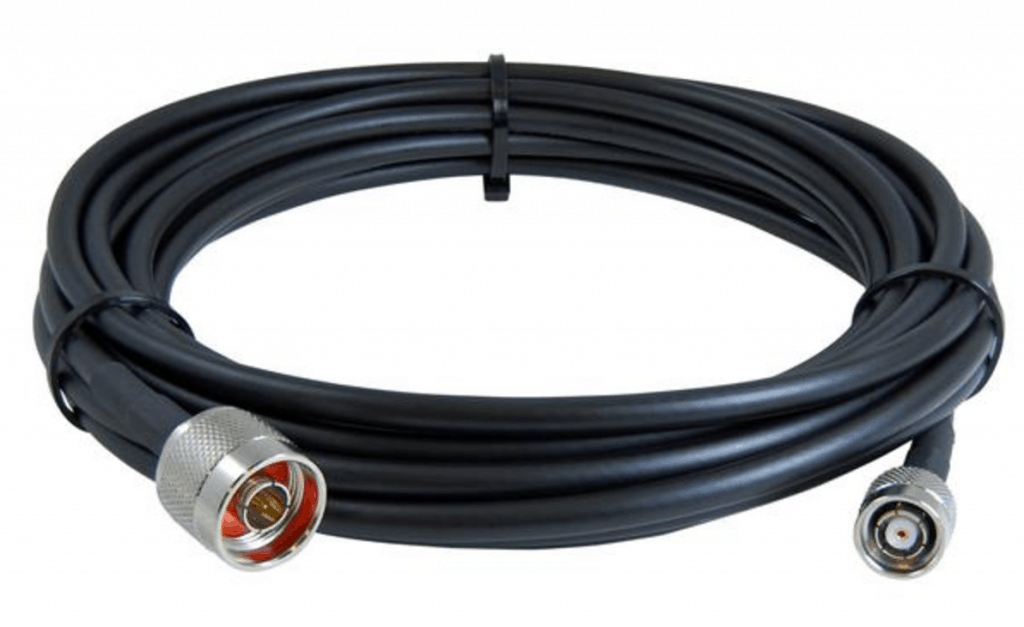It’s tempting to dismiss the value of Custom Cables In A Wireless Age, yet they are more valuable than many realize – speeding up the transfer of information and signal.
The value of Custom Cables in the IoT era.

Custom Cables
Cell phones, laptops, tablets – there’s a major push for wireless technologies in the workplace and at home, but these technologies still require the use of wired systems to transfer information properly. Not to mention the intricate wire harnesses and cable assemblies manufacturers produce to increase the functionality of these products. Despite this growing trend towards wireless devices, there are industries that still utilize custom cables, assemblies and wire harnesses to function optimally and to reliably transport data and signal – here’s why:
Wires Are Reliable.
A major benefit of using custom assemblies to transmit data or signal is the dependability of wired technologies. By utilizing a wire harness or cable assembly, the likelihood of errors or delays in transmissions can be reduced greatly. This is paramount for industries, such as the medical industry, in which time and reliability are vital.
Cable Assemblies Can Cover Longer Distances With Less Interference.
As anyone who has ever used a wireless device or IoT product can attest to, the range of these products is typically limited and often glitchy. While handy for transmitting data over short distances or for novelty purposes, these devices often fall short when it comes to longer range transmissions and reliability.
Systems that utilize custom cable designed for this purpose, on the other hand, can increase the speed at which signals and data are transferred, reducing the chances of signal disruption. Wireless signals are susceptible to interference from an array of factors including mountains, certain building materials, and the weather. Even other wires can contribute to interference and loss of signal if the proper shielding materials are not utilized.
With the abundance of factors that can hinder wireless signal and data transmission, it is often beneficial to utilize wired options to increase a product’s reliability. The wiring options that are on the market today allow for levels of customization that make wiring a convenient and cost-effective option.

Custom Cables
Wire Harnesses And Cable Assemblies Are Typically Less Expensive Than Producing Wireless Options.
Wiring and cabling are complex to produce; requiring various testing materials and specialized production processes. Despite this, they are still a more cost-effective option for most when looking to transmit signal or data. These wiring and cabling systems can be built in such specialized ways that they often do not require the same level of service and constant updates that we have come to expect from digital technologies.
Custom Cables and wires are extremely durable and can be adapted to environmental conditions, yet wireless signals often do not allow for this level of customization. Cabling can even be built with UV resistant jacketing, jacketing that is resistant to cuts and certain chemicals, and a variety of other features that contribute to the product’s longevity.
Power transmission is generally still done the old fashion way, with wire.
While wireless charging is more common now it is for low power rates and short distances. Ideas for large scale, wireless power transmission have been tried since the late 1800s, but none of them have figured out how not to electrify anything containing metal.
Wireless charging works well for small devices such as cell phones and smart watches, but when it comes to power requirements greater than milliamps, wire is the proper choice. Wired power transmission is more reliable and doesn’t have the safety issues wireless power transmission does.
When choosing wire for power transmission it is critical to speak with an engineer. Power sent through wires encounters voltage drop. This is due the wire’s internal resistance which, in a sense, uses some of the power to transmit the power. The result is that the longer the length of wire, the less power there is at the other end. An engineer, knowing the voltage and current to be transmitted, can properly size the wires to ensure the correct amount of power is delivered.
Even in an age of wireless products, we still rely on complex wiring to support them and ensure that our connected devices operate efficiently and at high speeds. The reliability of wired technologies, advances in production techniques, and their specialization enables these wires to support smaller, yet more efficient technologies, a surge in connected devices, increasingly complex operations, and large quantities of data.